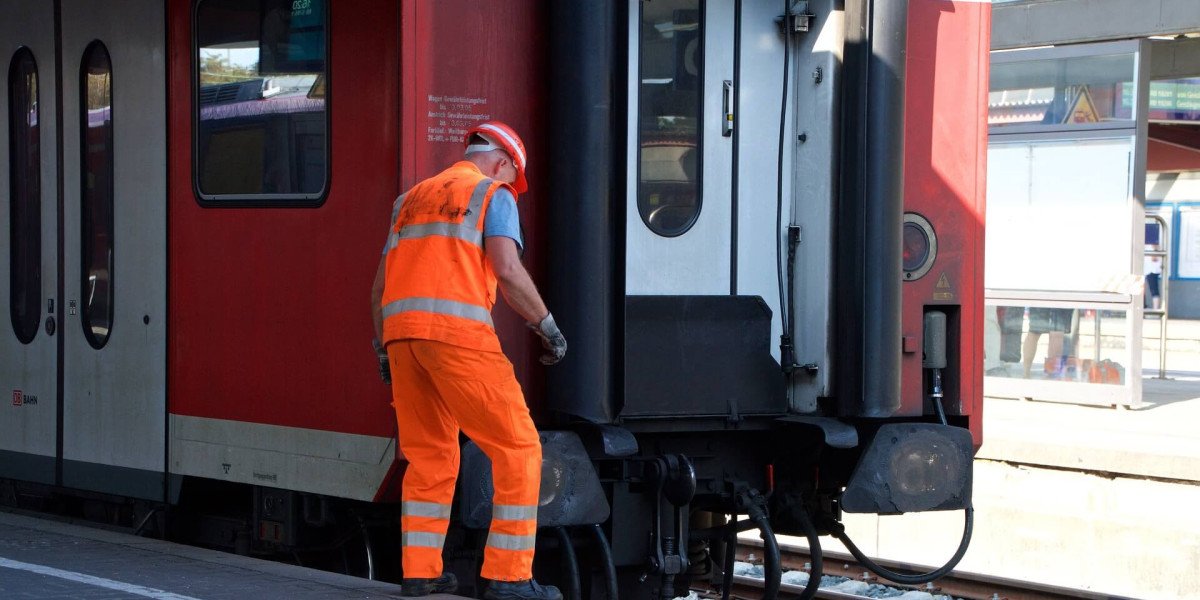An EICR (Electrical Installation Condition Report) is a formal inspection of the fixed electrical installations in a property — switches, sockets, wiring, distribution boards and the like. In an area like Stamford Hill in London, where many buildings are Victorian or inter-war conversions, ensuring the safety and compliance of your electrical installation is crucial. A thorough EICR helps identify hidden defects, outdated wiring, or non-compliance with Part P of the Building Regulations and BS 7671 standards.
Legal Requirements: Who Needs an EICR in London
If you are a landlord, you are legally required under the Electrical Safety Standards in the Private Rented Sector (England) Regulations 2020 to have fixed wiring inspected at least every five years (or more frequently if specified by the report) and supply a copy to tenants within 28 days.
For homeowners, while there is no strict legal requirement to carry out an EICR annually, it’s strongly recommended particularly when you’re buying, selling, or letting the London Property Inspection.
All inspections must be carried out by a qualified electrician who is competent to inspect according to the latest edition of the IET Wiring Regulations BS 7671 (currently the 18th Edition in the UK).
Benefits of Booking an EICR in Stamford Hill
Safety assurance – identify risks such as faulty wiring, inadequate earthing, or overloaded circuits before they become dangerous.
Legal compliance – for landlords in London, it ensures you meet the statutory requirements and avoid fines or enforcement.
Property value & marketability – a recent EICR certificate can make your property more attractive to prospective tenants or buyers in Stamford Hill’s competitive rental market.
Insurance protection – many insurers require evidence of regular inspections; a valid EICR strengthens your claims eligibility.
Peace of mind – especially in older London Property Inspection buildings, knowing the electrical system is safe alleviates stress and improves occupant comfort.
What’s Included in Our EICR Service in Stamford Hill
When you book your EICR inspection, you’ll receive a comprehensive report covering:
Inspection of fixed wiring, distribution boards, earthing and bonding.
Identification of any non-compliances, defects, or deteriorated components.
Classification of findings: C1 (danger present), C2 (potentially dangerous), C3 (improvement recommended).
Recommendations for remedial work where necessary.
A clear, easy-to-understand certificate on completion, ready for use in rental or sales processes.
Advice on how long you should plan until your next inspection (typically 5 years for private properties).
Conclusion & Call to Action
If you’re looking for a reliable EICR Stamford Hill, London, you’ve come to the right place. Ensuring your property’s electrical safety and compliance is not just a legal box to tick, it's an investment in peace of mind, occupant well-being, and property value.
Ready to book your inspection? Contact us today to schedule your EICR and get that certificate sorted fast, professionally, and hassle-free. Let’s make sure your property in Stamford Hill is safe, sound, and compliant.
Frequently Asked Questions (FAQ)
Q: How long does an EICR in Stamford Hill typically take?
A: For a standard 2-bed flat, expect around 1–2 hours; larger houses may take more time.
Q: Can I continue living in the property during the inspection?
A: Yes — usually the inspection doesn’t require disconnection of power. If any immediate danger (C1) is found, you may need temporary shut-off until remedial work is done.
Q: What happens if my EICR report shows a C1 defect?
A: A C1 means danger present: you must arrange remedial work immediately. We’ll provide a quote for the repairs and update the certificate once work is done.
Q: Is an EICR the same as a PAT test?
A: No — a PAT (Portable Appliance Testing) checks plug-in appliances; an EICR assesses fixed wiring. Both may be relevant but address different things.
Q: How often must I get an EICR in a rented property?
A: Under current UK regulations, at least every five years — or more often if specified by your electrician’s report.








